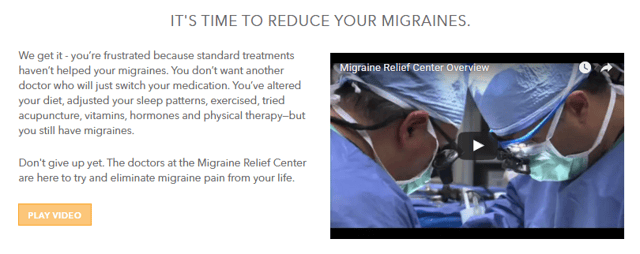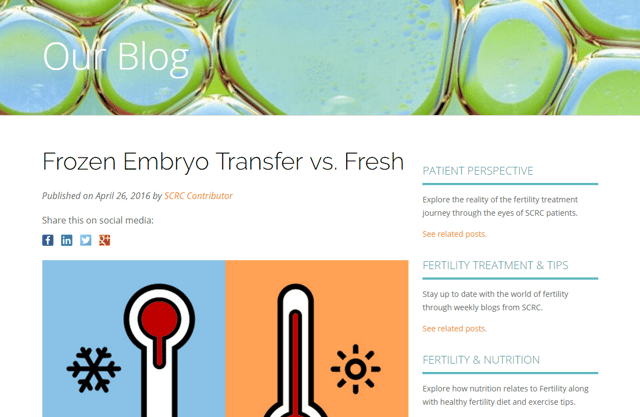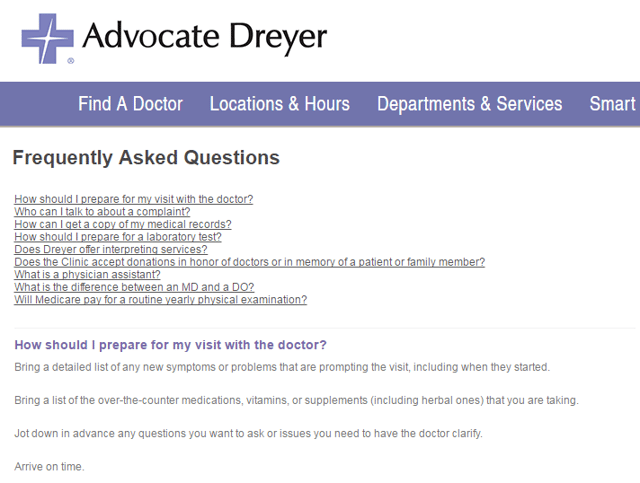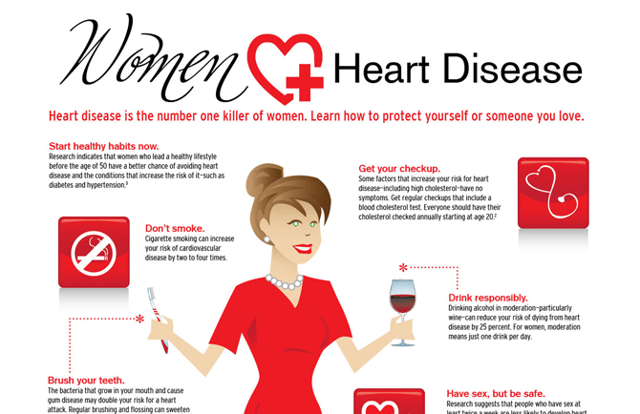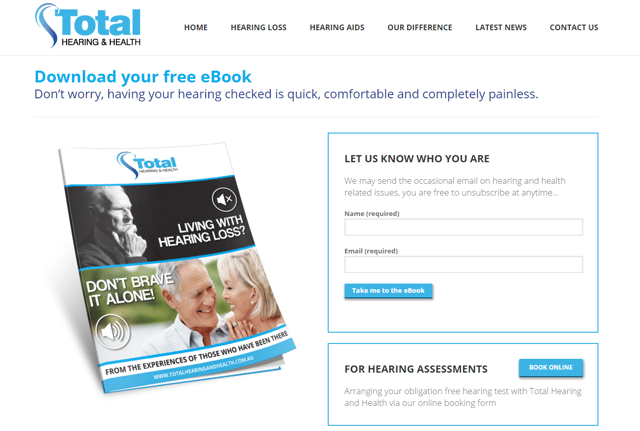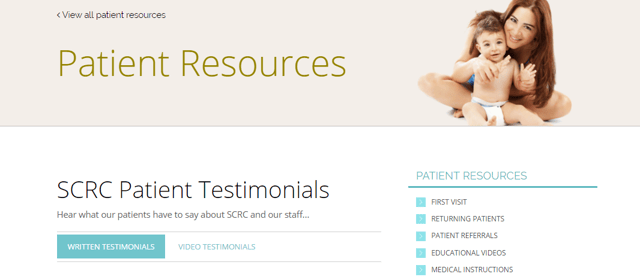
If you think your healthcare website is just an online brochure that most people won't read, anyway...
You're missing out.
Sure, you want it to tell people where you’re located; list the services you offer; share photos of happy professionals in action - but why stop there?
72% of Internet users look online for health information, with over three quarters of them turning to a search engine first. Those are big numbers, when you consider how many people use the Internet every day.
What Your Online Clients Want
So, what are these online searchers searching for?
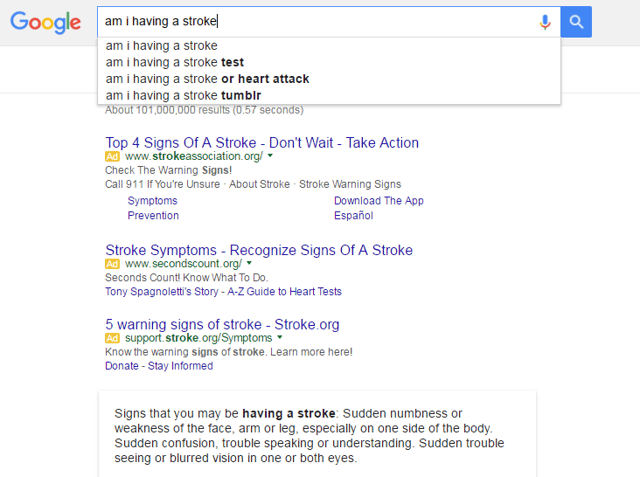
While there’s always a chance that they’re simply looking up your clinic hours, they’re probably looking for much more than that. They want to get to know you - how you operate; what you can do for them. They want advice, help, and to eventually find a healthcare professional they can trust. 70% of the “buyer’s journey,” or the buyer’s decision-making process, is done before they even call you to make an appointment. If your website can’t deliver on certain things, you’ll miss out on that 70%.
What that means for you is that your knowledge as a healthcare professional is the biggest marketing tool you have. The content you can create based on your experience and expertise is exactly what most Internet users want to see.
It’s shocking, really, how many healthcare professionals don’t realize that they’re sitting on a marketing goldmine.
Yet instead of capitalizing on it, they turn to those pre-packaged brochure websites with canned content someone else churned out. Junk content drives potential clients away, not to mention it hurts your SEO.
10 Types of Content That Increase Patient Volume
There are so many types of content you can create, but let’s narrow it down to ten basics. Then we can tie them into how they fit into a potential patient’s buyer’s journey.
Videos
Video is huge. Images and video are the most popular types of content people consume and share online.
Consider that YouTube is the world's second largest search engine, getting 3 billion searches each month and 100 hours of video content uploaded every minute.
Even better, 70% of marketers report that videos convert better than any other medium. It makes sense, then, that 64% of marketing budgets are moving towards video content.
What does that mean for you?
It means that your audience is 10x more likely to engage with, embed, share, and comment on videos rather than static content, such as blogs.
There are many ways to approach videos, such as:
- Ask Me Anything: Create a video series that answer common patient questions.
- How To: Short and to the point; highlight health best-practices that don’t require a professional visit.
- Interviews: Have a conversation with doctors and healthcare professionals. Let them explain what they do. You’ll appear trustworthy to have such a network of professionals eager to talk to you.
- Explanations: Talk about various procedures, and what patients can expect. Be honest and transparent.
- Testimonials: Have current patients sing your praises and reassure potentials patients that you do a great job.
Video, because of its universal appeal, is perfect for all patients, whether they are new or long-time clients. Whatever videos you make, keep in mind that you're answering common questions that patients want to ask or often ask. You are both educating them and reassuring them. You are not doing a sales pitch.
Video production and quality can be tricky, so keep in mind we’re not talking about documentary-length features. Shorter is better. A pithy video covering a basic health topic is perfect.
Blog posts
Blog posts are the gold standard.
Much of the focus of content marketing is around blog posts, and many of the content types in this list can be associated with a blog post in some form. Think of them as your foundation.
Psst:
- Blog posts don’t have to be a chore.
- Blog posts don’t have to be epic in length.
Again, simply write about the pain points your patients experience, and answer the questions they might be too embarrassed to ask. Use your staff as a resource! Ask them what patients repeatedly talk or ask about.
And remember, your blog post isn’t about you. Talk about what you know in a way that doesn’t brag yourself up, but rather informs and invites further contact from readers. This is not the time to go off topic and post vacation photos. Keep your blog truly informative so readers know they can reliably expect useful information whenever they visit your blog.
Social media
Social media is both a platform and a content type. It can also be overwhelming simply because there are so many platforms to choose from.
Healthcare professionals are wary about social media, specifically about violating HIPAA. But, you’re not posting private information - you’re posting helpful information. Most social platforms have tools that give you control on how patients engage with you so that you can avoid anything being made public by a patient that shouldn’t.
Quite simply, your social media content should:
- Be on the platforms best suited to your audience.
- Not exceed what you can manage.
- Reflect what patients are interested in.
- Help patients live healthier lives.
Can you respond to messages on all of your social platforms in a timely manner? Can you regularly update your content there? If not, pare down your social profiles to what you can manage, or you will have a reputation for not responding on social media.
Social media is worth the effort because it is almost pure engagement - unlike any other content form. People are sharing and commenting, and you can measure it. You can directly communicate with patients as well as see what they respond to. It is a content type that is crucial to all stages of the buyer’s journey.
FAQs/Checklists
Lists of frequently asked questions (FAQs) and checklists might not seem very sexy, but they’re crucial. Patients want this, particularly when they are trying to decide whether or not to choose you as their healthcare professional.
So yes, you will need that brochure information mentioned earlier, the nuts and bolts of what you do, location, hours of operation, insurance information, and so on.
But there’s more you can add.
What are the most common questions patients have for procedures?
- Could you tell them what they need to do to prepare for the day of surgery?
- Could you answer questions they might be too embarrassed to ask about a procedure?
- Could you reassure them of what they will expect?
- Could you explain some of their symptoms and why they feel that way?
Sure you could.
People are searching for two kinds of health information online: Healthy life best practices, and what to expect from a health issue.
FAQs and lists free up your phone line so people don’t have to call you excessively. They give patients the comfort and privacy of making some decisions or gaining an understanding before talking to you.
Infographics
Data is worthless if people don’t understand it.
That’s where infographics come in. They are a visual representation of data, but they are more than a mere chart or graph. They present a narrative or theme, giving otherwise confusing or boring data an understandable context.
Infographics allow you to:
- Compare different sets of data.
- Find trends.
- Illustrate what studies are showing.
- Explain a concerning problem.
- Tailor your data to a region or specific area of practice.
As a healthcare professional, you have access to medical studies and other data that the general public doesn’t. You also understand that data better than someone outside of the healthcare industry. By pulling together related data to illustrate a point, you do your patients a great service.
You also increase the chances that your infographic will be shared. Health data is notoriously challenging to understand in context and infographics are the perfect antidote for an information-hungry world that doesn't have the time or know-how to sift through complex studies.
Infographics are early in the buyer’s journey. They don’t turn people into immediate clients, but they establish expertise and trust.
Webinars
Webinars are like an online class or seminar.
They are teaching, pure and simple, and they feed the appetites of people who are serious about what they need to know. You can create webinars, led by qualified healthcare professionals, that focus on procedures, answer questions from participants, or explain something currently in the news that relates to healthcare.
Webinars are like infographics in that they are trust-builders. You empower people to understand their own health.
Ebooks
Ebooks are a portable, content-rich collection of information that will take some commitment to produce, if you want to do them right.
They’re worth it.
Whether you write one from previously unpublished content, or you cobble together blog posts or other content you’ve created, you probably have enough information for many ebooks.
Because they are so content-rich and desired, they are the perfect tool for growing your email list. Put your ebook behind a “wall”, and require an email sign-up in order to access it.
White papers
White papers are a bit like ebooks, except they are more data-focused.
While anyone is free to read a white paper, they really cater to people needing research or serious information. They often contain case studies, though patient confidentiality must be carefully guarded.
Needless to say, content of this caliber establishes your reputation as an expert not only for patients, but for the rest of the industry. They will get you quoted, mentioned, and linked to on other websites who need your data to create their own content, and that’s great for your inbound search results.
Testimonials & Reviews
Nothing convinces people to trust you like other people telling them to do so.
This is called social proof, the idea that we all need to know others have made the same buying decisions before us. Any interaction with your content or services is also social proof, whether it’s the number of blog comments you have or the engagement on your social profiles.
Testimonials are a particularly powerful form of social proof. According to B2C analytics, "customer testimonials have the highest effectiveness rating for all types of content marketing, with a rating of 89%.”
In a digital age where patients are *hopefully* learning to be wary of what they read online, seeing testimonials from real people is extremely reassuring at any stage of the buyer’s journey.
E-newsletters
Sending out an email newsletter regularly does a couple of things for you.
- Alerts subscribers to important news or deals.
- Makes subscribers more accustomed to hearing from you, leading them to trust you.
- Puts your content directly in their email inbox, where they already are.
By creating segments out of your email list, you can target subscribers based on the information they want to receive, based on whether they are current or potential patients, health topics they are interested in, etc. A generic email blast is less effective than one targeted directly to what a person wants to hear.
More than anything...
You must build your email list.
It’s the most important tool you have for getting and keeping patients. The best way to build your list is to offer high-end content (like an ebook) available only after website visitors subscribe to your list.
The Reality Of Content Marketing
In an information age, information is power. The content you create is how you get in the power game.
Content marketing is work, but it brings in people wandering around online search engines. Luckily, they're searching for exactly the kind of knowledge you have in your head right now.
If you don't think you can handle creating content, hire a company that specializes in doing just that [ahem...]. It's too big of an opportunity for you to miss out on.


